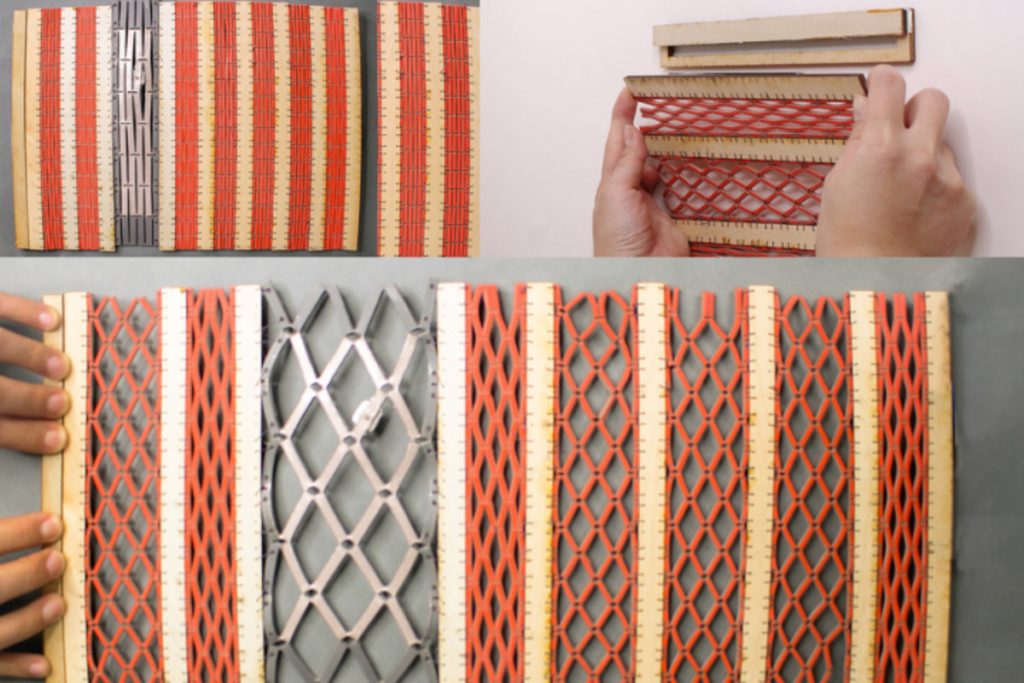Scientists at MIT are pushing the boundaries of communication technology with a new kind of antenna—one that can change its shape to adjust its frequency range dynamically. This innovation could revolutionize the way devices communicate and sense the environment by reducing the need for multiple, fixed-frequency antennas. According to a report from MIT News, this cutting-edge antenna can stretch, bend, or compress to alter its radiation properties, allowing a single device to cover a broader spectrum of frequencies.
Unlike the rigid metal rods of yesteryear’s TVs, these adaptable antennas use metamaterials—materials whose characteristics derive from their internal geometric structure. This gives way to a more streamlined reconfigurable antenna design with applications that range from energy transfer in wearable tech to augmented reality sensing. As bending them, users bringing about reversible changes in the metamaterial shape can modify the antenna’s properties, the MIT team has effectively sidestepped the need for complex parts that are prone to wear and tear.
Marwa AlAlawi, a mechanical engineering graduate student at MIT, highlighted the innovation underlying their work. “Usually, when we think of antennas, we think of static antennas—they are fabricated to have specific properties and that is it. However, by using auxetic metamaterials, which can deform into three different geometric states, we can seamlessly change the properties of the antenna by changing its geometry, without fabricating a new structure,” AlAlawi explained in a statement obtained by MIT News.
Interestingly, the team behind the project didn’t just stop at the antenna’s creation. They also developed a user-friendly tool, enabling the design of custom metamaterial antennas that can be fabricated with a simple laser cutter. Users specify parameters like the size of the antenna patch or the thickness of its dielectric layer, and the tool takes care of the rest, simulating the antenna’s frequency range automatically. Moving forward, MIT researchers aim to further refine these antennas, incorporating them into complex structures like smart textiles that could open up possibilities for noninvasive biomedical applications.
Funding for the research, which will be presented at the ACM Symposium on User Interface Software and Technology, came from the Bahrain Crown Prince International Scholarship and the Gwangju Institute of Science and Technology. The outcomes of this research could pave the way for a future where antennas are not just static pieces of technology but dynamic components capable of adapting to our ever-changing communication and sensing needs.

